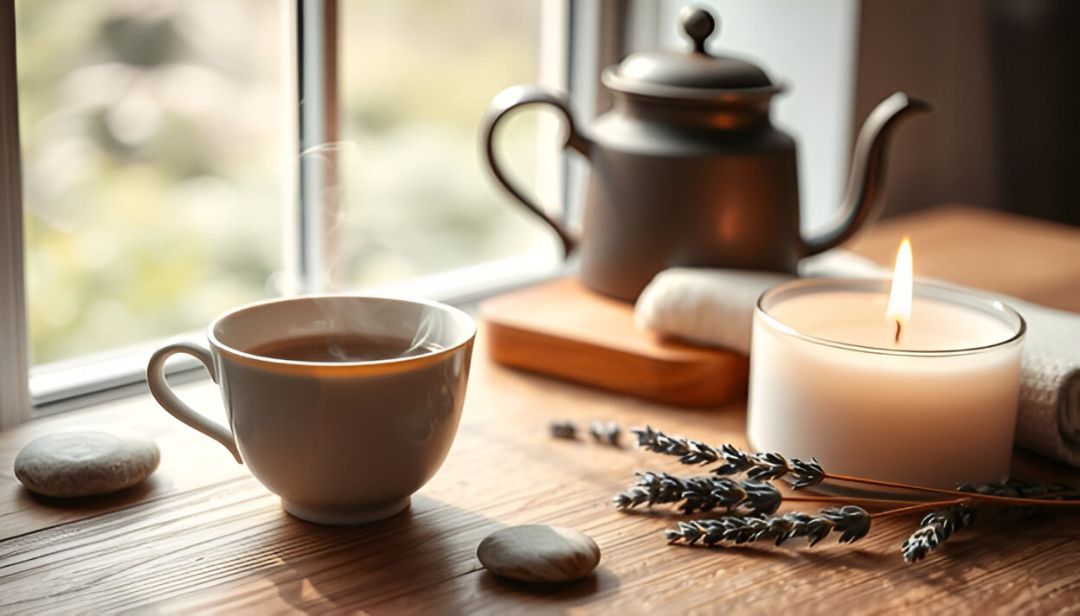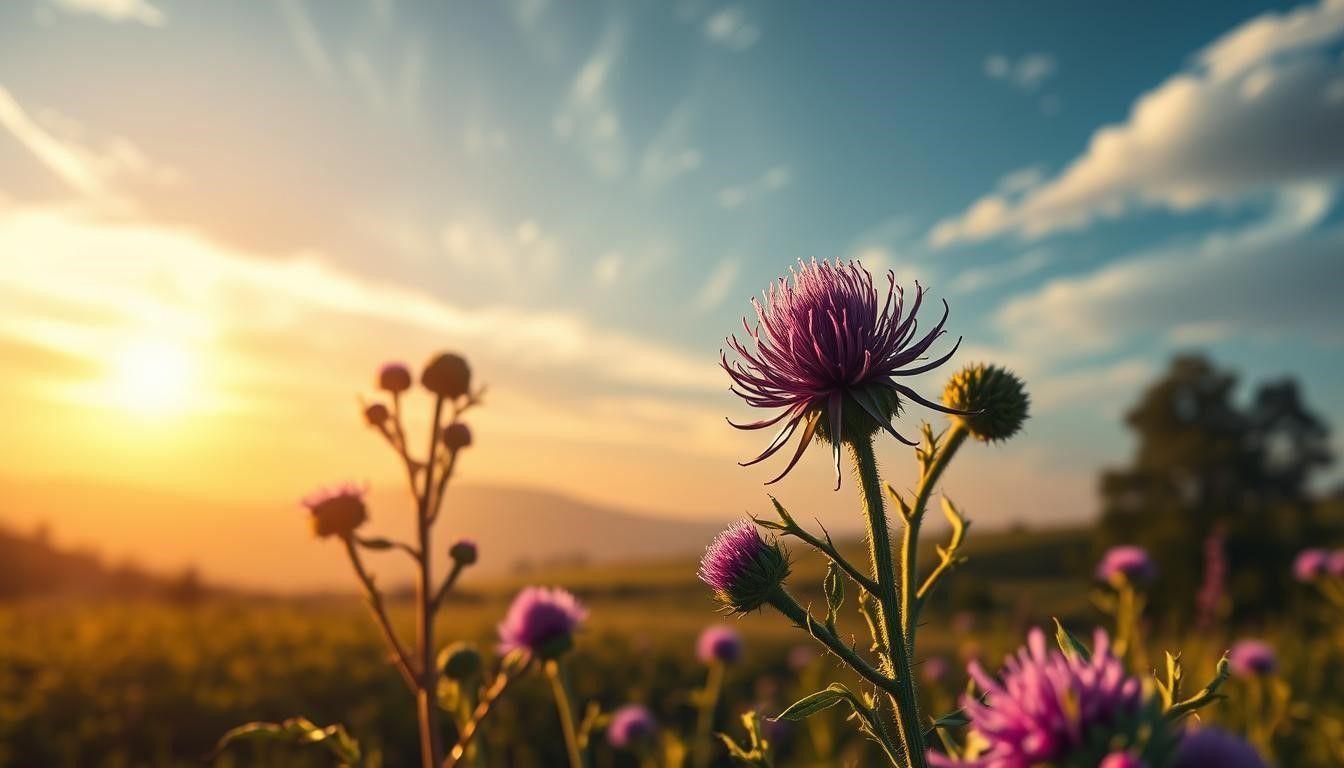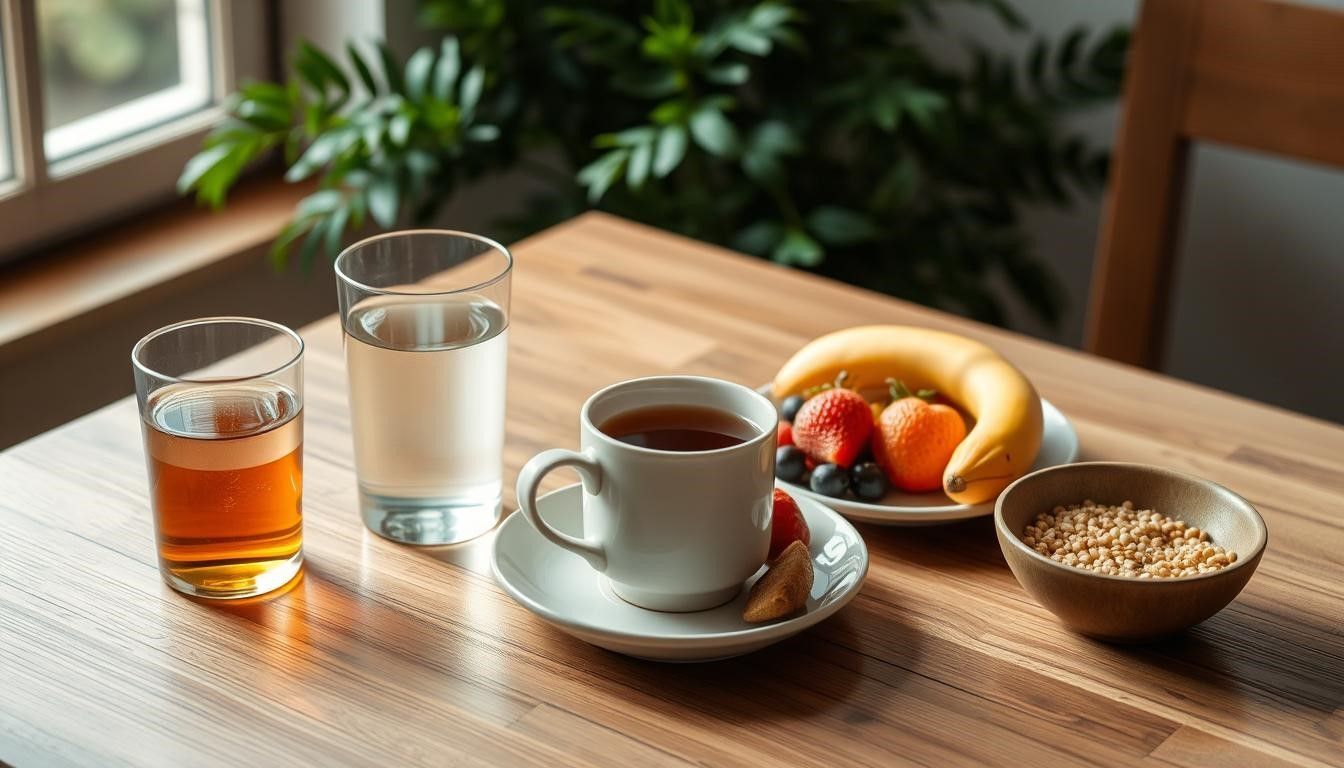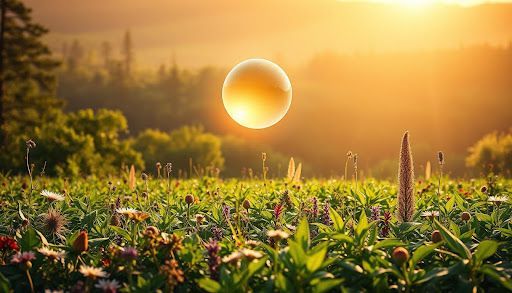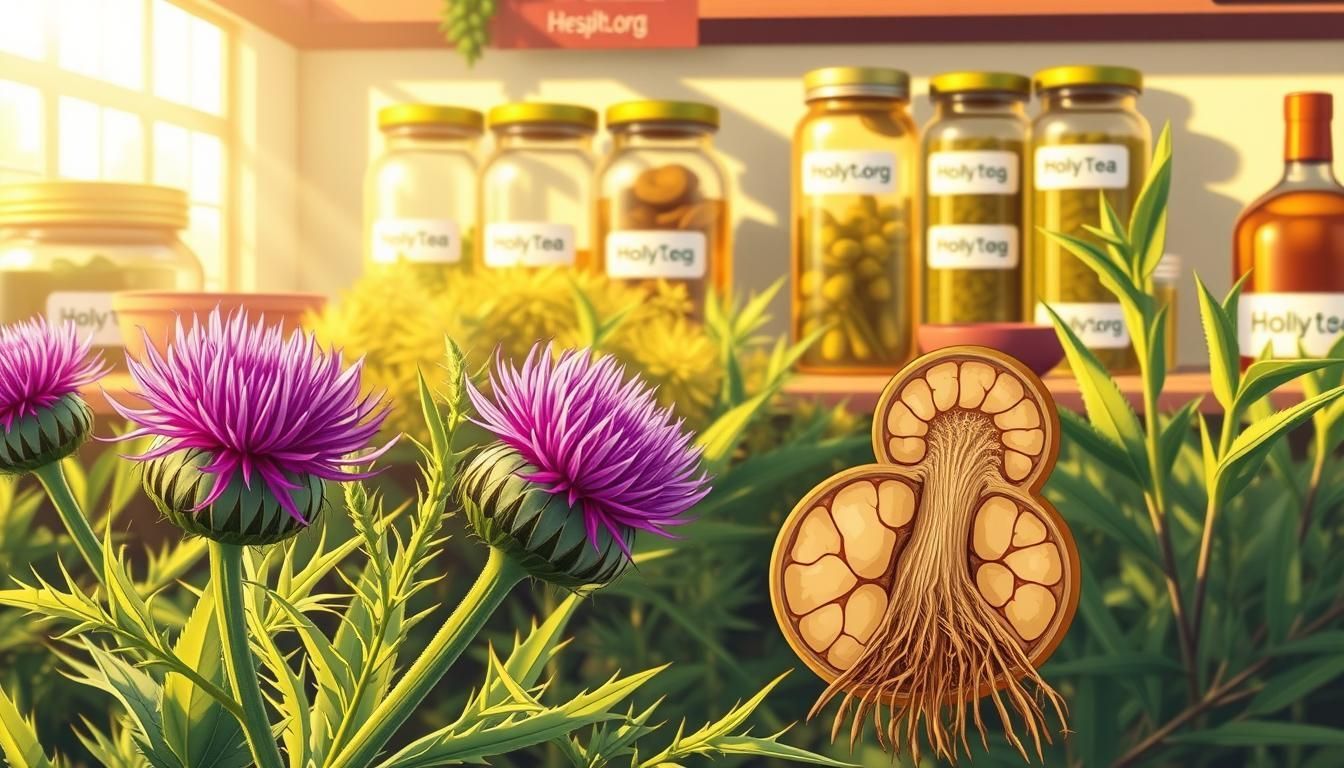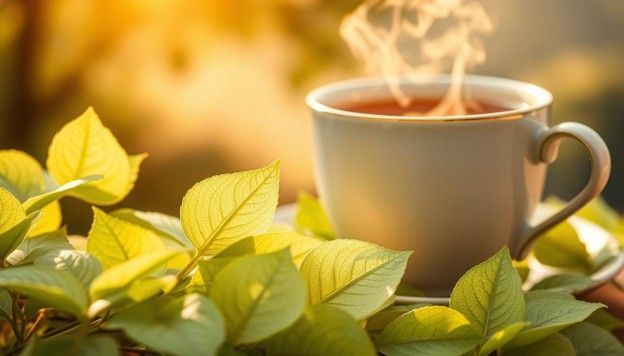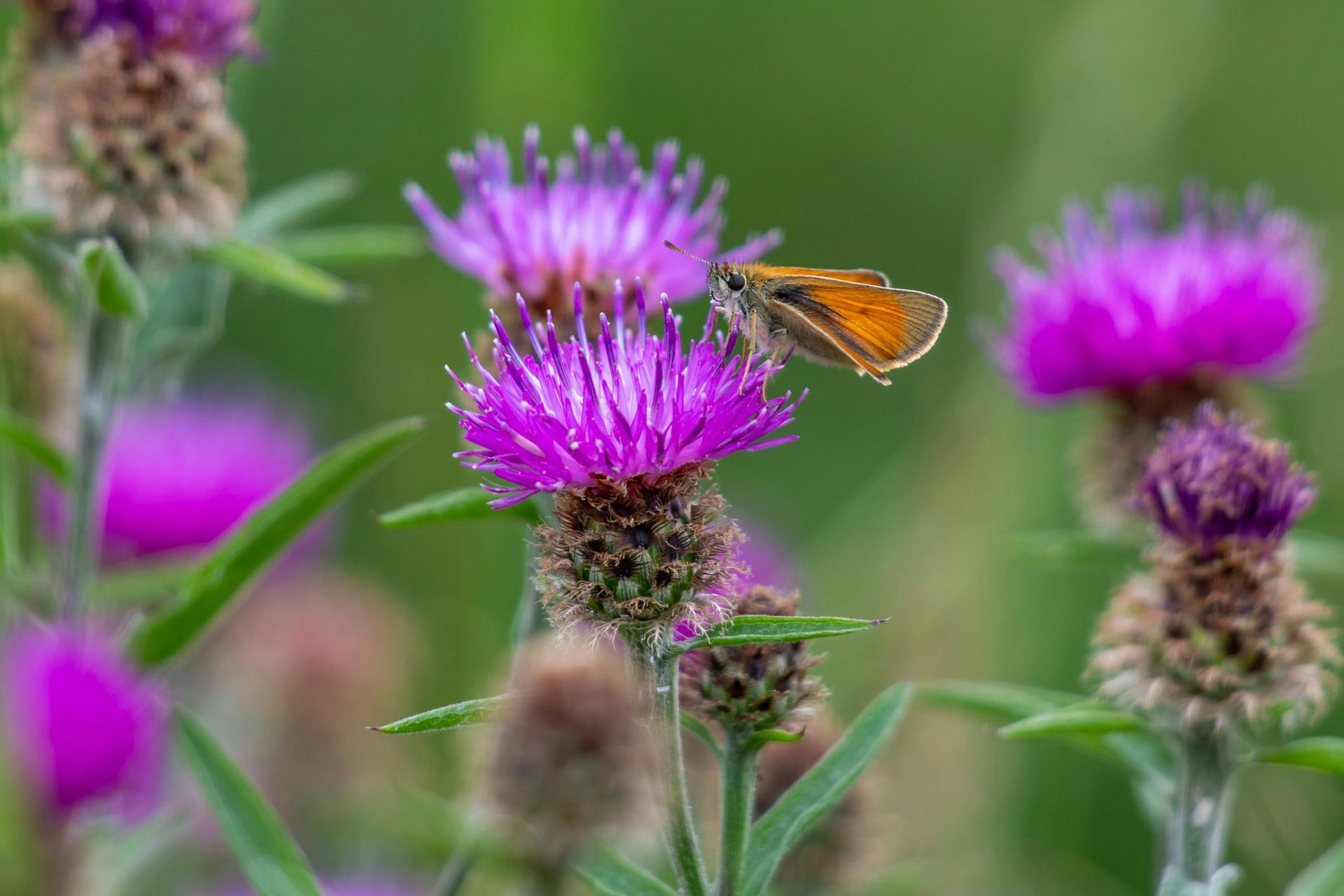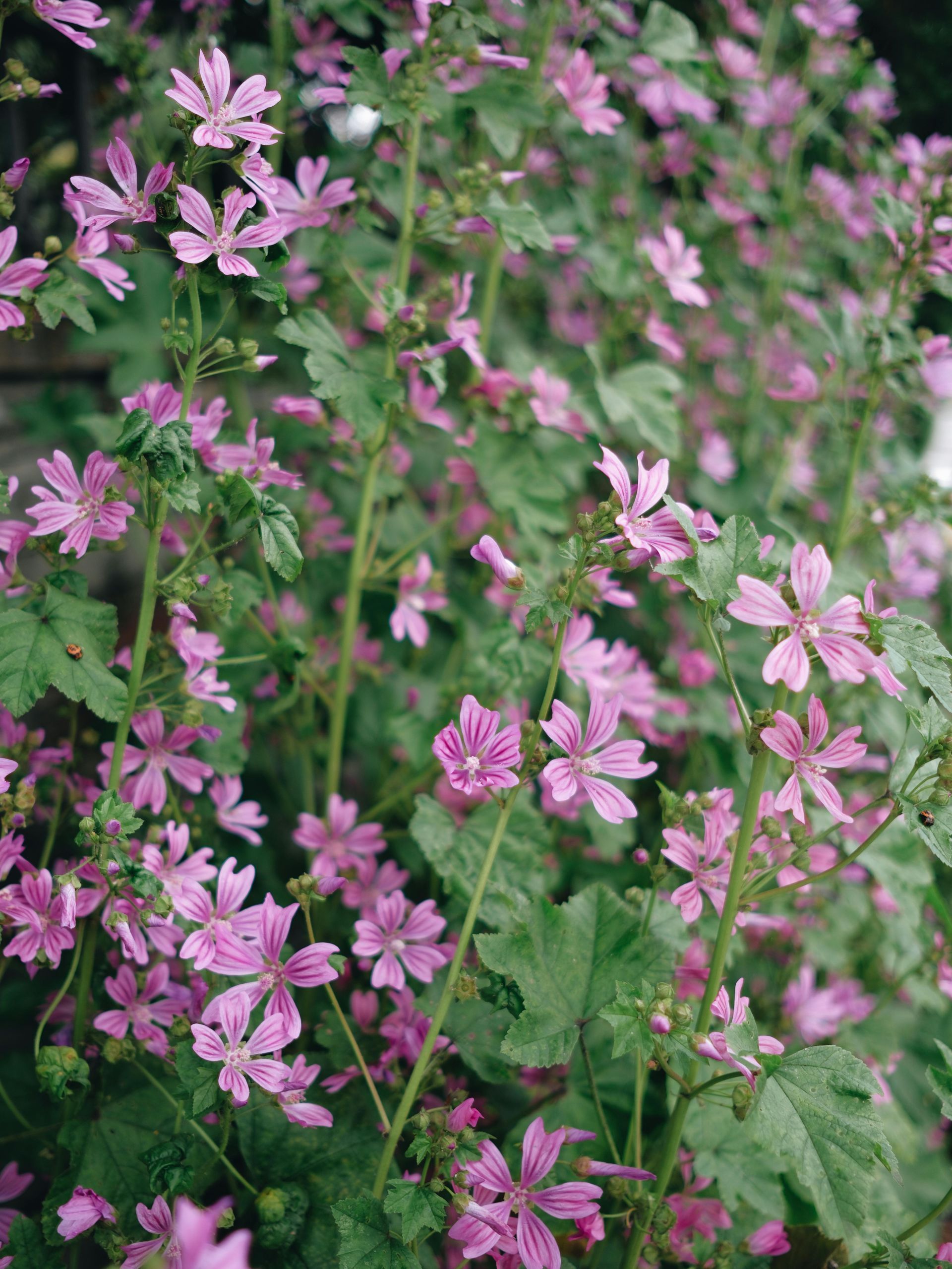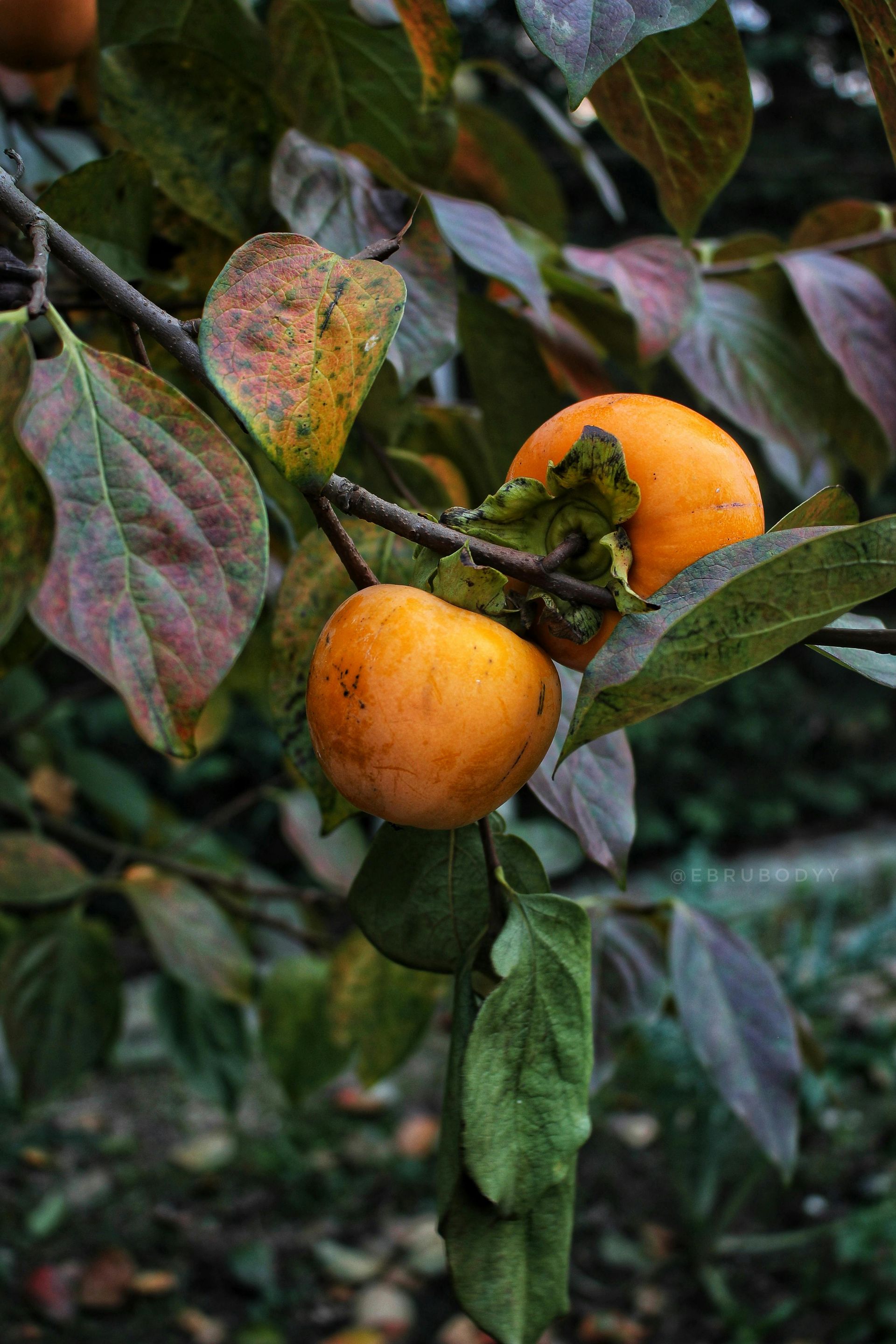Herbal Tea 101: Everything You Need to Know
For centuries, people have enjoyed aromatic infusions made from flowers, herbs, and spices. Unlike traditional varieties from the
camellia sinensis plant, these blends—often called tisanes—offer unique flavors without caffeine. Their popularity stems from both taste and potential
health benefits.
One standout blend is Holy Tea, developed by Dr. Bill Miller of Jackson Health and Wellness Center. This caffeine-free detox formula from HolyTea.org combines carefully selected botanicals for a refreshing experience. Whether you're new to tisanes or a longtime fan, this guide covers types, brewing tips, and wellness perks.
Key Takeaways
- Tisanes differ from true teas as they don’t contain camellia sinensis.
- Holy Tea offers a caffeine-free detox option crafted by Dr. Bill Miller.
- These infusions have been used globally for flavor and wellness.
- Explore diverse blends to find your perfect cup.
- Proper brewing enhances both taste and benefits.
What is Herbal Tea? A Beginner’s Guide
Unlike traditional varieties, these aromatic drinks skip the
camellia sinensis plant entirely. Instead, they blend flowers, fruits, and spices for rich flavors. Known as
tisanes in Europe, these caffeine-free infusions cater to diverse palates.
Defining Botanical Beverages
True teas like green or black all derive from
camellia sinensis leaves. Herbal blends, however, use ingredients like chamomile flowers or ginger roots. This distinction makes them ideal for evening relaxation.
Herbal vs. True Tea: A Side-by-Side Look
Key differences extend beyond ingredients. Below, a quick comparison:
| Feature | Herbal Infusions | True Teas |
|---|---|---|
| Caffeine Content | 0mg | 14–70mg per cup |
| Brewing Temperature | Boiling water (212°F) | 160–185°F (varies by type) |
| Primary Ingredients | Flowers, roots, spices | Camellia sinensis leaves |
For a calming ritual, try steeping mint or lavender. Their versatility shines in both flavor and function.
The Health Benefits of Herbal Tea
Modern research confirms what ancient cultures knew: plant-based brews boost health. These caffeine-free infusions target everything from digestion to immunity, backed by clinical studies and centuries of use.
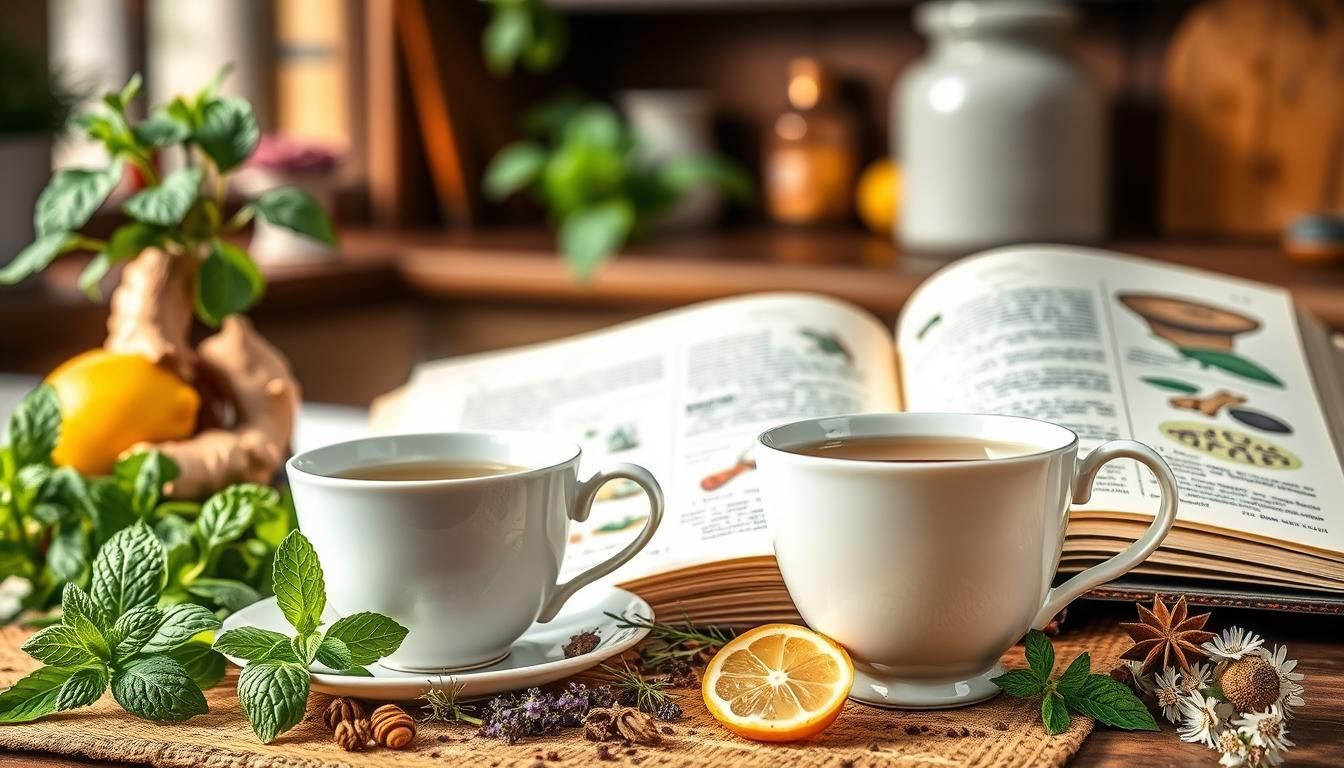
Detoxification and Digestive Support
Holy Tea stands out with malva leaves, known to gently cleanse the body. Peppermint, another star ingredient, soothes IBS symptoms—studies show it relaxes digestive muscles within 90 minutes.
- Chamomile: Clinically proven to improve sleep quality by 24%.
- Ginger: FDA-recognized for reducing nausea and bloating.
- Hibiscus: Linked to lower blood pressure in ADA research.
Stress Relief and Improved Sleep
Chamomile isn’t just folklore. Trials reveal its apigenin compound binds to brain receptors, easing anxiety. Lemon balm, another relaxant, may reduce arterial stiffness (NIH findings).
Anti-Inflammatory and Immune-Boosting Properties
Turmeric’s curcumin fights inflammation as effectively as some medications. Holy thistle and hibiscus add antioxidants, shielding cells from damage. For respiratory health, peppermint clears congestion while calming the gut.
"Botanical infusions bridge traditional wisdom and modern science—offering holistic benefits in every cup."
Popular Types of Herbal Tea and Their Uses
From ancient apothecaries to modern kitchens, botanical infusions have carved a niche in wellness rituals. Each blend, from floral chamomile to zesty peppermint, offers unique perks. Discover three standout varieties and their roles in daily health.
Chamomile: The Calming Classic
Used for 2,000 years in Traditional Chinese Medicine, chamomile remains a bedtime staple. Its apigenin compound binds to brain receptors, easing anxiety. Studies link nightly cups to 24% better sleep quality.
Peppermint: A Digestive Powerhouse
The menthol in peppermint relaxes GI muscles within 90 minutes, relieving bloating. FDA-recognized for nausea relief, it’s a go-to after meals. For IBS sufferers, steeping fresh leaves maximizes benefits.
Holy Tea: A Unique Detoxifying Blend
Crafted by Tennessee’s Dr. Bill Miller, *Holy Tea* combines blessed thistle (liver support) and marshmallow leaves (gut health). Unlike energizing Yerba Mate, this caffeine-free blend aids gentle detox. Steep for 10 minutes to unlock its full potential.
- Key Ingredients: Persimmon leaves (antioxidants), malva leaves (cleansing).
- Best For: Morning rituals or post-meal digestion.
- Tip: Pair with lemon to enhance flavor and detox effects.
How to Brew the Perfect Cup of Herbal Tea
Mastering the art of brewing unlocks the full potential of botanical infusions. Whether using loose leaves or bags, precise techniques maximize both taste and wellness benefits. Follow these guidelines to elevate your daily ritual.
Water Temperature and Steeping Times
Different plant parts require specific heat levels for optimal extraction. Roots and barks need boiling water (212°F), while delicate flowers brew best at 200°F. Use this quick reference:
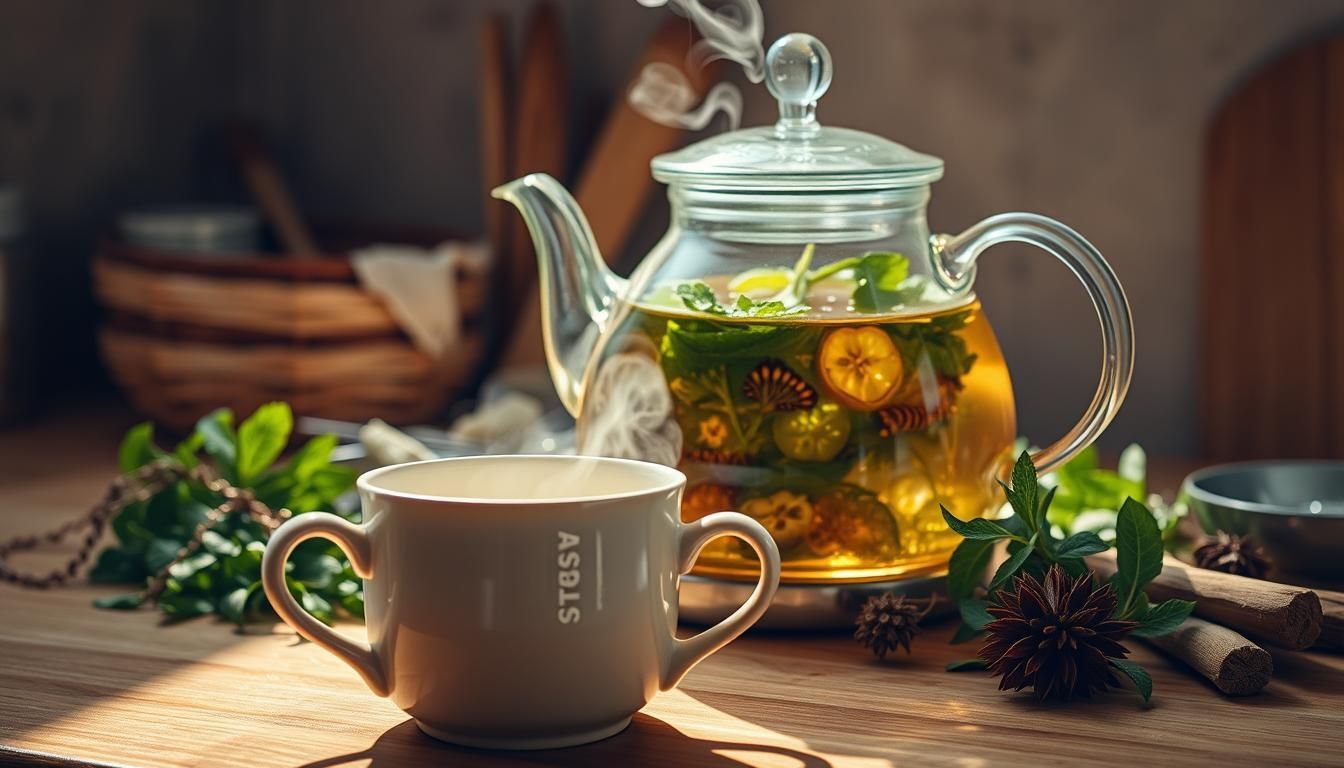
| Ingredient Type | Temperature | Steeping Time |
|---|---|---|
| Roots (ginger, turmeric) | 212°F | 10-15 minutes |
| Flowers (chamomile, hibiscus) | 200°F | 5-7 minutes |
| Leaves (peppermint, holy thistle) | 208°F | 7-10 minutes |
For Holy Tea, steep 10 minutes to release its detoxifying compounds. The standard ratio is 5g of leaves per 16oz water. Measure loose-leaf varieties with a teaspoon—1 heaping teaspoon equals about 2 grams.
Tips for Enhancing Flavor and Benefits
Cold brewing preserves delicate antioxidants better than hot methods. Try steeping overnight in the fridge for iced versions. Hot infusions extract more volatile oils, ideal for respiratory benefits.
Boost your cup with these additions:
- Local honey: Adds sweetness while supporting immunity
- Citrus zest: Brightens earthy blends like dandelion root
- Cinnamon sticks: Complements spiced infusions naturally
Pro tip: Quality leaves can be re-steeped.
Holy Tea leaves often yield a flavorful second cup with milder effects. Store unused portions in airtight containers away from light to maintain freshness.
The History and Cultural Significance of Herbal Teas
Long before modern medicine, civilizations relied on plant-based brews for healing. These infusions carried cultural significance, serving as both remedies and rituals. From Egyptian papyrus scrolls to Siberian folklore, their legacy endures.
Ancient Remedies and Modern Uses
Egyptians documented willow bark tea on papyrus—a precursor to aspirin. In Siberia, Chaga mushrooms were often used to boost immunity. Today, science validates these ancient remedies:
- Native American yaupon holly: A caffeine-rich alternative to coffee.
- Ayurvedic tulsi (holy basil): Revered for stress relief and detox.
- Stinging nettle: Medieval Europeans brewed it for joint health.
Global Traditions in Every Cup
Across continents,
traditions shaped unique blends. Compare these iconic infusions:
| Region | Tea | Steeping Time |
|---|---|---|
| Japan | Mugicha (barley tea) | Cooling summer drink |
| Egypt | Karkade (hibiscus) | Blood pressure support |
| USA (Modern) | Dr. Miller’s Holy Tea | Gentle detox blend |
These brews bridge generations—proof that plant wisdom transcends time. Whether sipping Egyptian karkade or a contemporary detox blend, each cup carries history.
Choosing the Right Herbal Tea for Your Needs
Your ideal cup depends on whether you seek calm, vitality, or cleansing. Botanical blends offer targeted support—here’s how to match them to your goals.
For Relaxation: Chamomile and Lavender
Chamomile’s apigenin boosts GABA production, easing nervous system activity. Lavender adds linalool, reducing cortisol by 20% in clinical trials.
Best preparation:
- Steep 2 tsp dried flowers in 200°F water
- Cover cup to preserve calming oils
- Drink 30 minutes before bedtime
For Energy and Focus: Ginger and Turmeric
Ginger’s thermogenic effect raises metabolism by 10-20%, unlike coffee’s crash. Turmeric’s curcumin fights inflammation linked to brain fog.
Comparative benefits:
| Ingredient | Onset | Duration |
|---|---|---|
| Ginger | 30 minutes | 4-5 hours |
| Coffee | 15 minutes | 2-3 hours |
For Detox: Holy Tea and Dandelion Root
Holy Tea offers dual-phase cleansing—blessed thistle supports liver function while persimmon leaves aid elimination. Dandelion root regulates blood sugar and water balance.
Optimal use:
- Combine with morning lemon water
- Choose loose-leaf for maximum potency
- Cycle 2 weeks on/1 week off
"Loose-leaf varieties retain 40% more antioxidants than bagged alternatives."
When selecting formats, pyramid bags offer convenience while loose leaves provide fuller flavor. For
immune-boosting blends, always check for organic certification.
Conclusion: Embracing the World of Herbal Tea
Wellness journeys often start with simple, plant-powered rituals. Unlike traditional teas, caffeine-free blends like *Holy Tea* skip the camellia sinensis plant, offering gentler options for the body. From grocery-store chamomile to Dr. Miller’s USDA organic blend, these infusions fit any lifestyle.
Explore flavors—peppermint for digestion or hibiscus for antioxidants. For a trusted wellness ritual, try Holy Tea’s detox formula at HolyTea.org. Its time-tested natural remedies support overall health benefits without harshness.
"The tea that heals is the tea that nurtures." Begin your blend today.
FAQ
Does herbal tea contain caffeine?
Most herbal infusions, like chamomile or peppermint, are naturally caffeine-free since they don’t come from the camellia sinensis plant. However, blends with ingredients like yerba mate may have a mild stimulant effect.
Can herbal teas help with stress and sleep?
Absolutely! Ingredients like chamomile, lemon balm, and lavender are known for their calming properties. These herbs promote relaxation and may improve sleep quality by reducing stress hormones.
Are there herbal teas that support digestion?
Yes! Peppermint and ginger are popular choices for soothing digestive discomfort. Peppermint helps relax stomach muscles, while ginger reduces nausea and bloating.
Do herbal teas have anti-inflammatory benefits?
Many herbal infusions, such as turmeric or rooibos, contain compounds that fight inflammation. These natural remedies may help ease joint pain and support overall wellness.
How do I brew herbal tea for the best flavor?
Use freshly boiled water and steep for 5–10 minutes, depending on the herbs. For stronger flavors like hibiscus or rose hips, longer steeping times enhance both taste and health benefits.
Can herbal teas help regulate blood sugar levels?
Some studies suggest cinnamon and stinging nettle teas may help stabilize blood sugar. However, always consult a healthcare provider before using herbal remedies for medical conditions.

Act now to purchase or subscribe by clicking the button to obtain Your Holy Tea today!
Dr. Miller's Holy Tea provides a remarkable array of advantages that extend far beyond just a soothing beverage. It can elevate your metabolism, increase your energy, enhance your skin's radiance, and support digestion. The components of this tea contribute positively to your overall well-being. Its benefits include detoxification support, immune system enhancement, and promoting relaxation, making it an ideal complement to your wellness regimen for comprehensive health enhancement.

